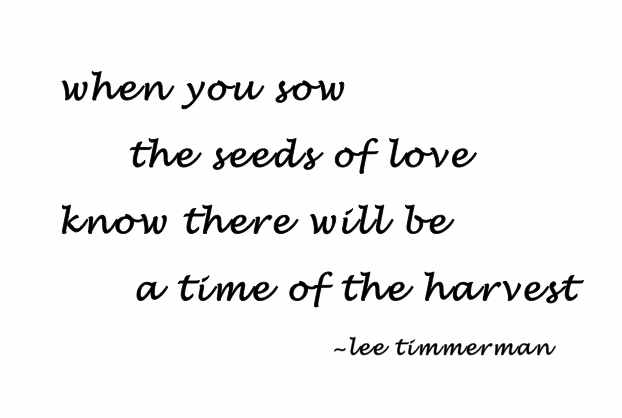The triune nature of God, the vibration of Satyam, Shivam, Sundaram, which permeates all life, is perfect, Om Purnam. To understand this perfection or essence of the triune nature, we look at the analogy of H²O. The scientist, or devotee, that looks for H²O can recognize the molecular compound (H²O) in ice, water, or vapor. To the uneducated, it just seems like three different substances or forms that are “solid,” “liquid,” or “vapor,” and are not viewed as the same substance. The aspirant on the path of Tantra looks to see the essence of the triune nature (Satyam, Shivam, Sundaram) and not just the forms of the three states of manifestation (Causal, Astral, Physical).
The Tantric process also differs from Yoga, not in how we meditate, nor in the necessity for consistent meditation, but in what we look for and desire outside of meditation. Looking for the harmony of Shiva and Shakti will bring a wholistic harvest of insights and revelations to our meditations, and into our daily life.
With the practice of looking for the beauty of life (God), we come across the first and foremost difficulty on the path of Tantra. If all life is legitimate, and all life comes from the Divine desire, how do we explore and study life and remain focused on attaining the absolute God Consciousness? How do we make the return trip through the Physical, Astral, Causal, and realm of the Soul, Holy Stream, Christ/Krishna Consciousness, and God Consciousness without being distracted by the beauty of Shiva and Shakti (Lila)? This is where the guidance of a Realized Soul is beneficial to help keep us focused on our Wholistic journey (dharma). In the beginning was the Word, and the Word was from God, of God, and is God, and if we keep our focus on the Word (Om) it doesn’t matter if we are male or female, young or old, nor whether we are yogic or tantric. By focusing on the Om, we will be able to fulfill our dharma and surrender into the God Consciousness.
The Guru-preceptor’s role is to help us attain greater awareness of our Divine nature, thereby discovering the inner guru, that of the triune nature of God, which in turn leads us to the realization of the true Guru, the eternal Satyam Consciousness of the absolute God Consciousness.
On the path of Tantra each person will have unique interests or desires to explore, and this leads to the fulfillment of their dharma. It must be acknowledged and realized by the devotee that their Soul’s interests are legitimate, and each Soul’s unique dharma is a legitimate worship and expression of God. The Guru-preceptor’s role is to help the devotee to discern and explore their desires in a manner that is in harmony with their dharma (rajasic-to-sattvic).
The practices of the Tantric path are directed towards seeing and experiencing the Satyam, Shivam, Sundaram in all life, and this is why meditation is absolutely necessary. Without meditation, we cannot realize we are created in the image of God. The Tantric path is about the direct experience of our Divine nature and the Divine nature of all life. Love and devotion to God and Guru (and all Realized Souls) are utilized to help us experience our Divine nature, and progress on the journey of our eternal Soul.
The practice of meditation is to calm the mind, breath, and ego. Although all life is legitimate, we must be able to calm down the mind, breath, and ego, and “be ye still” in order to experience our Soul as pure Satyam, Shivam, Sundaram. Without this glimpse that we are created in the image of God, that our nature is Satyam, Shivam, Sundaram, we cannot embrace the Tantric path. We learn to embrace the oneness of God and Soul through the direct experience with Satyam, Shivam, Sundaram (the triune nature of the Soul and God). We utilize meditation to calm the mind, breath, and ego, and attain a state of union with God. We follow the guidance of the guru preceptor in order to help us focus on that which is essential for our liberation into the absolute God Consciousness, and into realizing that Shiva and Shakti are ever in union.


